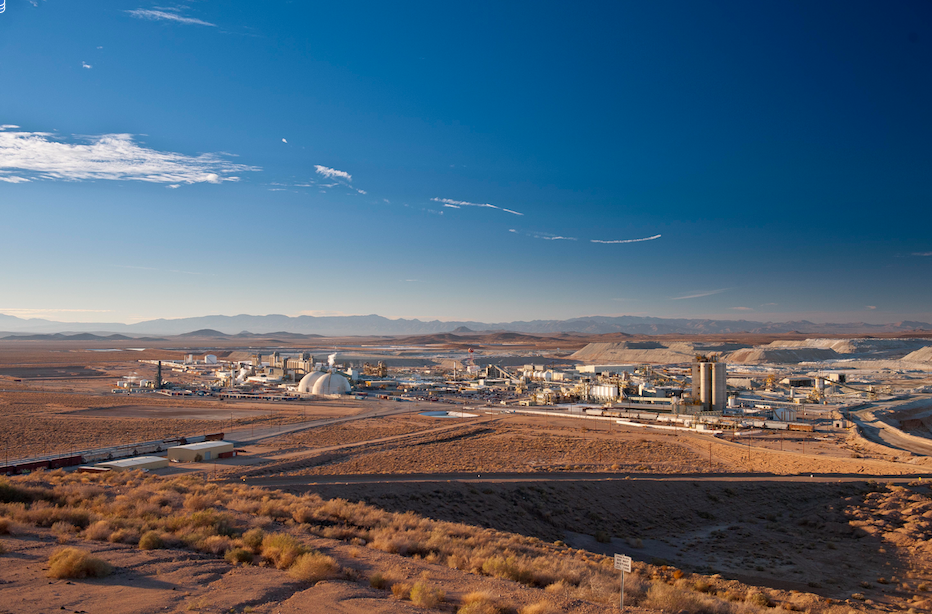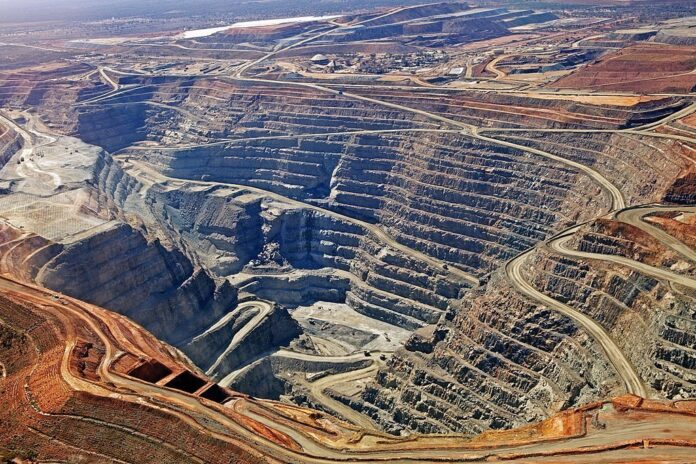
In a press release, the companies said they will begin detailed planning and securing government permits for the project, with the aim of starting operations from 2022.
They will also use the Boron installation to begin exploring the potential for deployments of Heliogen’s technology at Rio Tinto’s other operations around the world to supply process heat, which accounted for 14% of Scope 1 & 2 emissions from the Group’s managed operations in 2020.
Heliogen’s high-temperature solar technology is designed to replace fossil fuels with sunlight cost-effectively for a range of industrial processes.
“This partnership with Heliogen has the potential to significantly reduce our emissions at Boron by using this groundbreaking solar technology, and we look forward to exploring opportunities across our global portfolio,” Rio Tinto CEO Jakob Stausholm said in the statement.
Installation will supplement energy sources by generating up to 35,000 pounds per hour of steam to power operations, with the potential to reduce carbon emissions at the site by around 7% – equivalent to taking more than 5,000 cars off the road
At Rio Tinto’s Boron mine, the company’s proprietary technology will use AI to control a network of mirrors that concentrate sunlight to capture energy used to make steam. Heliogen’s system will also store the captured energy in the form of heat, allowing it to power nighttime operations and providing the same uninterrupted energy stream offered by legacy fuels.
The Boron operation mines and refines borates into products ranging from fertilizers to construction materials and is producing lithium carbonate from a demonstration plant. The site currently generates steam using a natural gas cogeneration plant and natural gas fired boilers.
Heliogen’s installation will supplement these energy sources by generating up to 35,000 pounds per hour of steam to power operations, with the potential to reduce carbon emissions at the Boron site by around 7% – equivalent to taking more than 5,000 cars off the road.
Rio will also assess the potential for larger-scale use of the Heliogen technology at Boron to reduce the site’s carbon footprint by up to 24%.
“Addressing climate change effectively will require businesses, governments and society to work together through partnerships like this one, to explore innovative new solutions throughout the entire value chain,” Stausholm said.
“Our work with Heliogen is part of Rio Tinto’s commitment to spend approximately $1 billion on emissions reduction initiatives through to 2025 and our commitment to work with world-leading technology providers to achieve this goal.”



